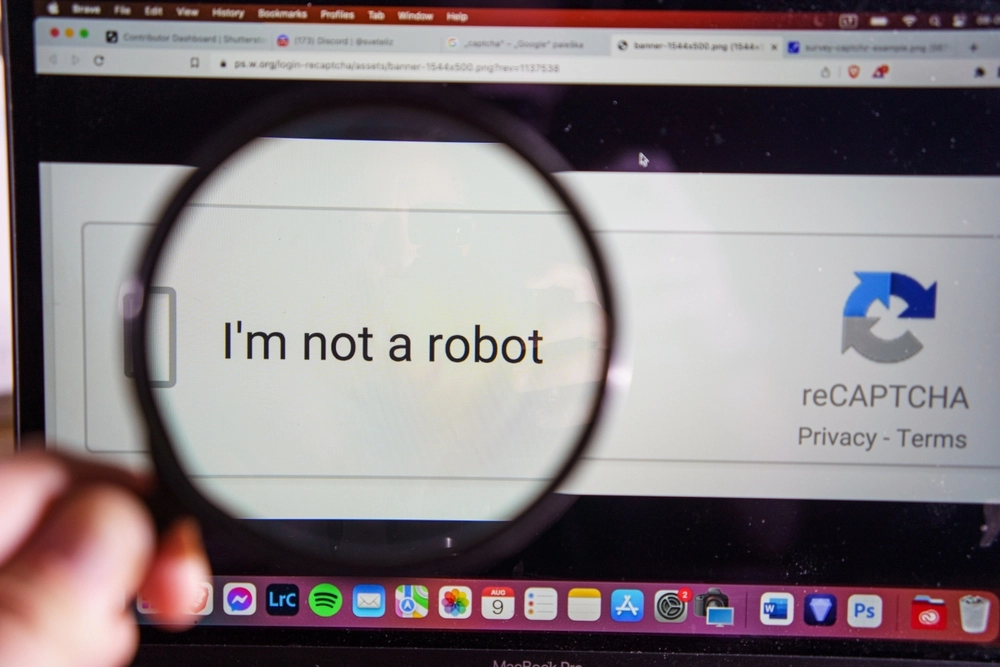
For almost as long as the internet has been available to the public, website owners and developers have faced the same challenge: how to protect their platforms from malicious bots and automated scripts. CAPTCHA, which stands for Completely Automated Public Turing test to tell Computers and Humans Apart, is a crucial tool in this battle.

Table of contents
What do CAPTCHAs do?
CAPTCHA is a security feature designed to differentiate between human users and automated scripts or bots. Its primary purpose is to prevent bots from carrying out harmful activities such as spamming, web scraping, and brute-force attacks on websites. By presenting a challenge that is easy for humans to solve but difficult for automated programs, CAPTCHA effectively filters out unwanted automated traffic.
Common challenges
CAPTCHAs typically present users with tasks that require human-like intelligence to solve, such as identifying distorted characters in an image, selecting specific objects in a set of images, or solving simple puzzles. These tasks are easy for humans but challenging for automated bots, as they involve visual recognition, reasoning, and problem-solving skills.
The History of CAPTCHA
Early Origins and development
The concept was first introduced by researchers at Carnegie Mellon University in the late 1990s. The initial idea was to use distorted characters to distinguish between humans and bots. This early form of CAPTCHA laid the foundation for the modern versions we encounter today.
Evolving to stay ahead of bots
As bots became more sophisticated, CAPTCHAs evolved as well. Developers introduced image-based challenges, audio-based challenges for the visually impaired, and even interactive puzzles. These advancements aimed to make it increasingly difficult for bots to crack challenges while ensuring a better user experience for humans.
Types of CAPTCHA
Text-based CAPTCHA
Text-based CAPTCHAs are the most common type and involve presenting users with distorted or partially obscured characters that they must enter correctly into a text field. This type relies on the user’s ability to recognize and interpret visual information accurately. While it is effective, some users may find it frustrating, especially if the characters are excessively distorted.
Image-based CAPTCHA
Image-based CAPTCHAs require users to identify specific objects, patterns, or elements within a set of images. For example, users might be asked to select all images containing traffic lights or crosswalks. This type of CAPTCHA is more engaging and user-friendly than text-based ones but can be susceptible to advanced computer vision algorithms.
The author generated this text in part with GPT-3.5, OpenAI’s large-scale language-generation model. Upon generating draft language, the author reviewed, edited, and revised the language to their own liking and takes ultimate responsibility for the content of this publication.






